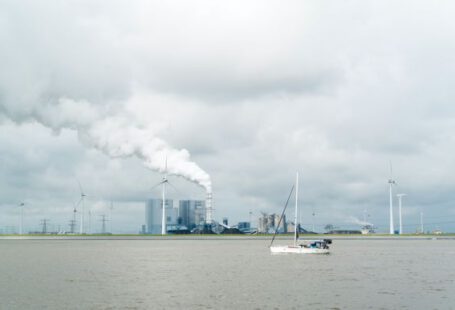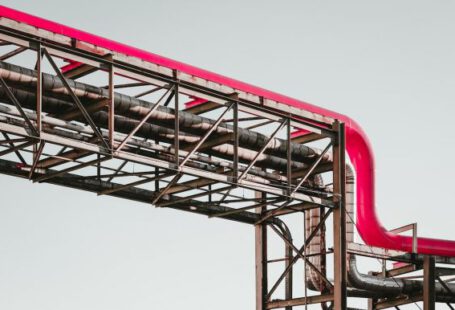Lighting is an essential part of our daily lives. It provides us with illumination and creates a warm and inviting atmosphere in our homes and workplaces. Over the years, lighting technologies have evolved significantly, from the simple and humble candle to the highly efficient and versatile LED lights we have today. Let’s take a journey through the history of lighting technologies and explore how we have come to where we are today.
The Dawn of Lighting: Candles and Oil Lamps
Before the invention of electricity, people relied on candles and oil lamps for illumination. Candles, made from animal fat or beeswax, were the primary source of light for centuries. They were portable and easy to use, but they produced a dim and flickering light. Oil lamps, on the other hand, provided a brighter and more stable light by burning oil, such as whale oil or olive oil. Despite their limitations, candles and oil lamps served as the main lighting sources for thousands of years.
The Revolution: Incandescent Bulbs
In the late 19th century, Thomas Edison revolutionized the lighting industry with the invention of the incandescent light bulb. This revolutionary technology used a filament made of carbon or tungsten that emitted light when heated by an electric current. Incandescent bulbs provided a brighter and more consistent light compared to candles and oil lamps. They quickly became the primary lighting source in homes and businesses around the world.
The Energy-Efficient Alternative: Fluorescent Lights
While incandescent bulbs were a significant improvement over candles and oil lamps, they were not very energy-efficient. In the 1930s, fluorescent lights were introduced as a more efficient alternative. Fluorescent lights work by passing an electric current through a tube filled with mercury vapor, which then emits ultraviolet light. This ultraviolet light interacts with a phosphor coating on the inside of the tube, producing visible light.
Fluorescent lights were initially used in commercial and industrial settings due to their energy efficiency and long lifespan. However, they eventually made their way into homes as well. Despite their energy-saving benefits, fluorescent lights had some drawbacks, such as the presence of mercury, which required proper disposal to prevent environmental contamination.
The Future is Here: LED Lights
In recent years, LED (light-emitting diode) lights have emerged as the future of lighting technology. LEDs are small, solid-state devices that emit light when an electric current passes through them. They are incredibly energy-efficient, converting most of the electrical energy into light rather than heat, unlike incandescent bulbs. This makes LEDs much more energy-efficient and longer-lasting than any previous lighting technology.
LED lights are now widely used in various applications, including residential, commercial, and outdoor lighting. They come in a range of colors and can be dimmed or brightened to suit different needs. LED technology has also enabled the development of smart lighting systems, where lights can be controlled remotely or programmed to adjust their brightness and color temperature based on time or ambient conditions.
The Benefits of LED Lighting
LED lights offer several advantages over traditional lighting technologies. Firstly, they are highly energy-efficient, consuming up to 80% less energy than incandescent bulbs. This not only reduces electricity bills but also helps to reduce carbon emissions and combat climate change. Secondly, LED lights have a much longer lifespan, lasting up to 25 times longer than incandescent bulbs. This means fewer replacements and less waste. Additionally, LEDs do not contain hazardous materials like mercury, making them safer for the environment and easier to dispose of.
In Conclusion
The journey of lighting technologies from candles to LEDs has been a remarkable one. We have come a long way from the dim and flickering light of candles to the bright and energy-efficient illumination of LED lights. LEDs have revolutionized the lighting industry, providing us with a sustainable and versatile lighting solution. As technology continues to advance, we can expect even more exciting developments in the field of lighting, ensuring a brighter and more sustainable future for all.





